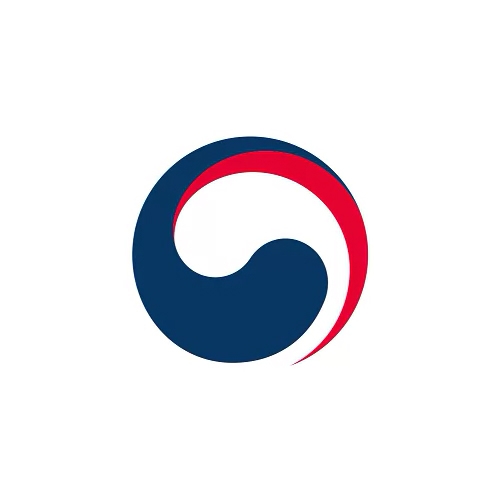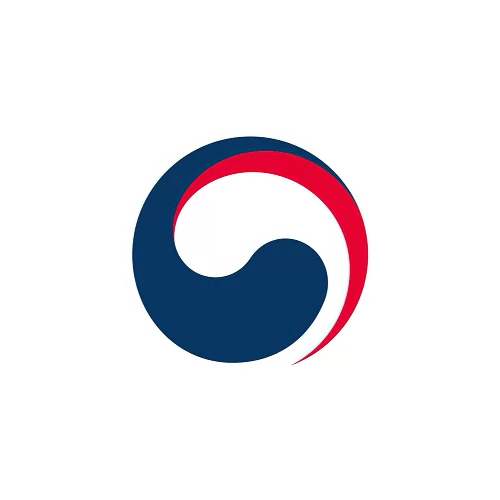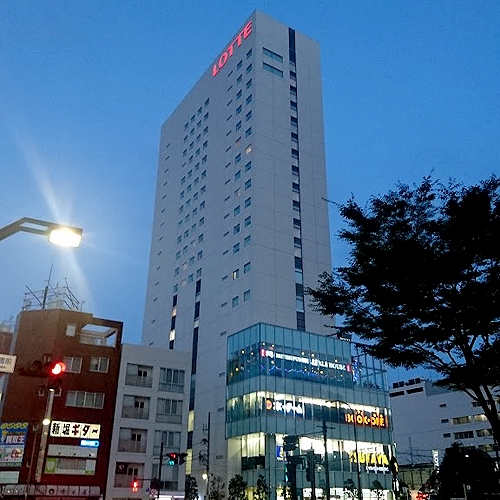한국은행은 효율적인 통화신용정책의 수립과 집행을 통해 물가안정을 도모함으로써 나라경제의 건전한 발전에 이바지합니다. 또한 이 과정에서 금융안정에도 유의하여야 합니다.
물가안정은 돈의 가치를 지키는 것이며 돈의 가치는 물가 수준에 좌우됩니다. 물가가 오르면 같은 금액을 주고 살 수 있는 물건의 양이 줄어듭니다. 오늘날 물가안정은 돈을 발행하고 통화신용정책을 수행하는 중앙은행이 책임지고 있습니다. 한국은행도 물가안정 목표를 정하여 국민에게 공표하고 이를 달성하기 위하여 최선을 다하고 있습니다.
중앙은행의 통화신용정책은 금융시장을 통해 그 효과가 퍼져나가기 때문에 금융시장이 제 기능을 다하지 못하면 통화신용정책이 효과를 거둘 수 없게 됩니다. 또한 글로벌 금융위기를 계기로 세계적으로 중앙은행의 금융안정기능이 강화되어 나가는 추세이며 한국은행도 통화신용정책을 수행함에 있어 금융안정을 도모하는 데 적극 노력하고 있습니다.
The Bank of Korea was established on June 12, 1950 under the Bank of Korea Act
The Bank of Korea was originally established with a capital of 1.5 billion won, all of which was subscribed by the Government, but the amendment of the Bank of Korea Act in 1962 made the Bank a special juridical person having no capital.
The primary purpose of the Bank, as prescribed by the Act, is the pursuit of price stability. The Bank sets a price stability target in consultation with the Government and draws up and publishes an operational plan including it for monetary policy.
To this end, the Bank performs the typical functions of a central bank: issuing banknotes and coins, formulating and implementing monetary and credit policy, serving as the bankers' bank and the government's bank. In addition, the Bank of Korea undertakes the operation and oversight of the payment and settlement systems, and manages the nation's foreign exchange reserves. It also conducts supervisory functions for financial institutions as stipulated in the Bank of Korea Act.
관련링크
-
 http://www.bok.or.kr/
http://www.bok.or.kr/
1199회 연결
댓글목록
등록된 댓글이 없습니다.



















